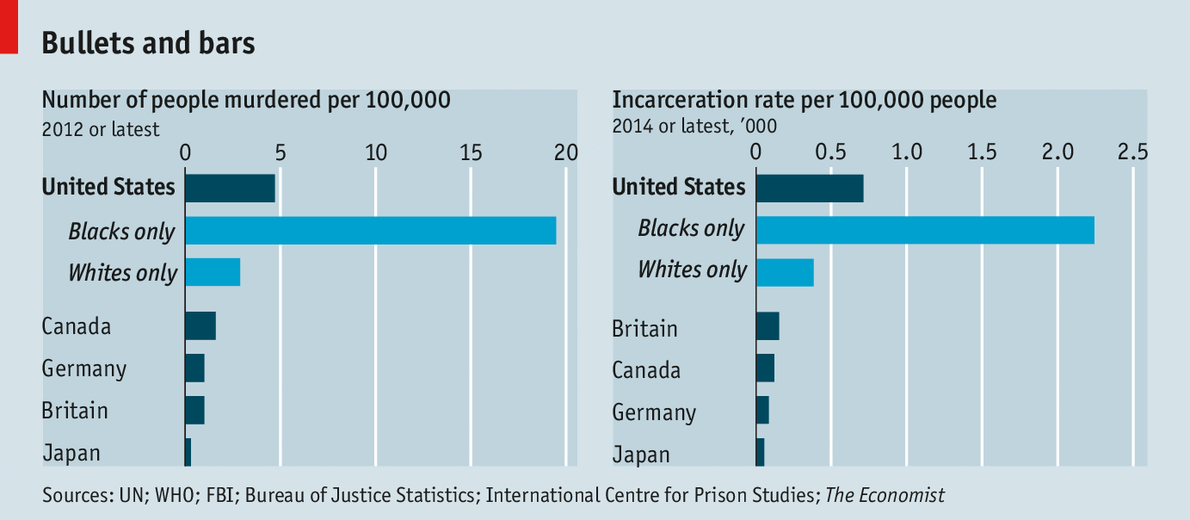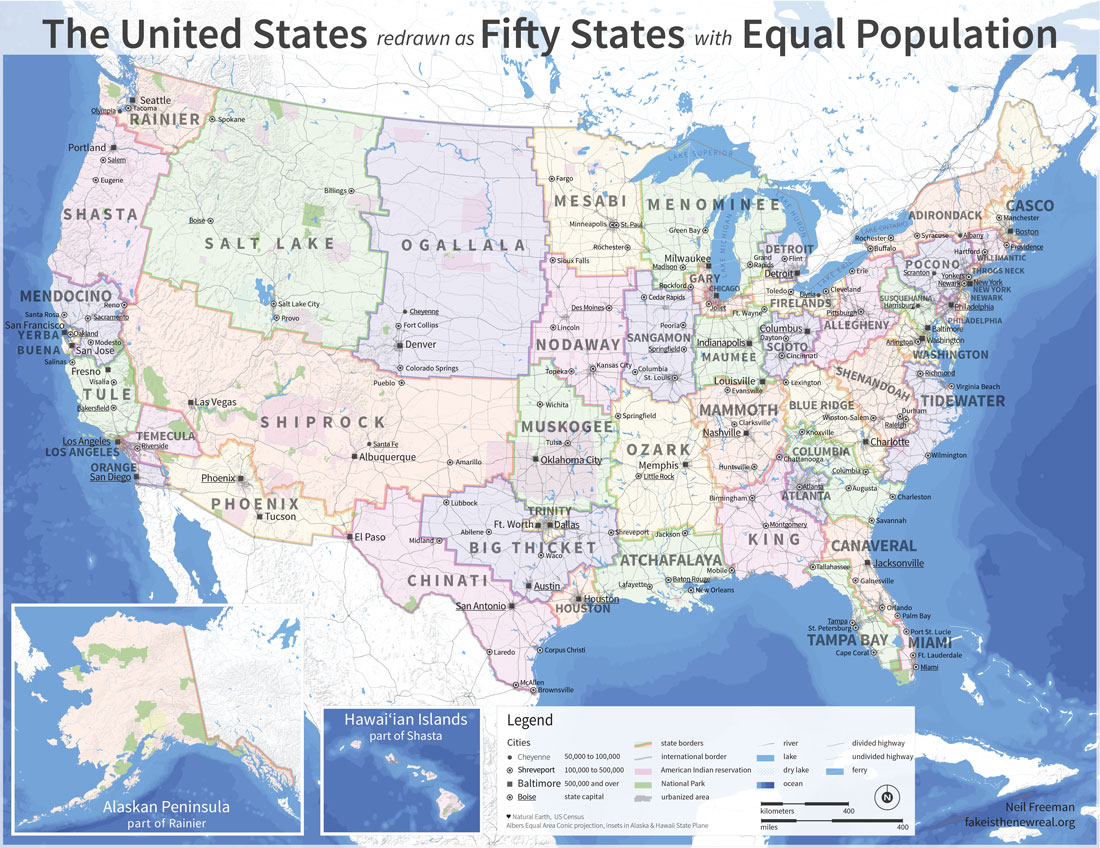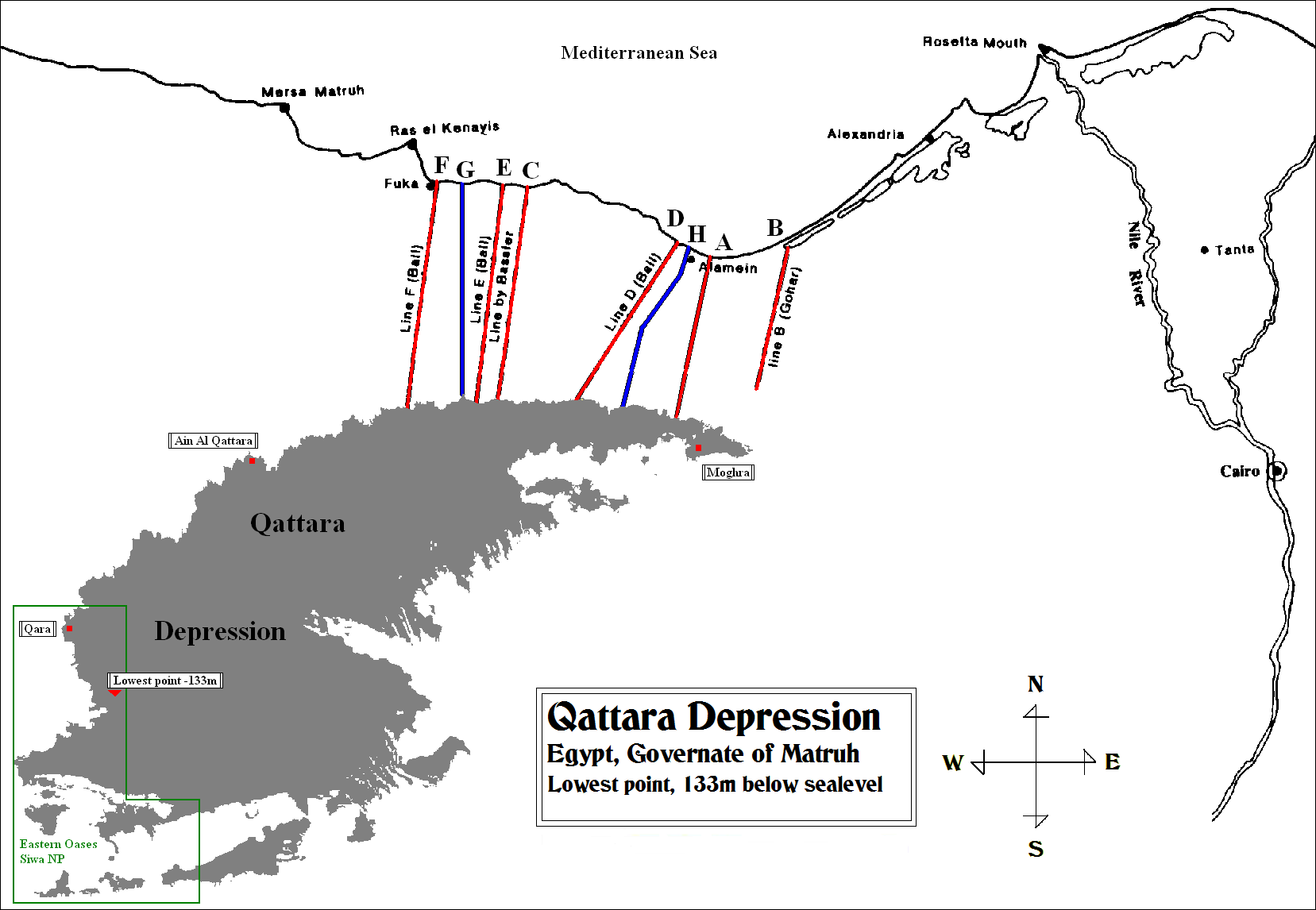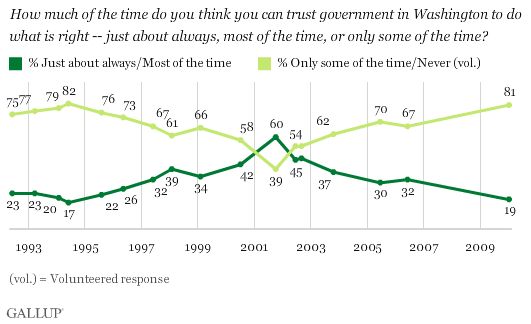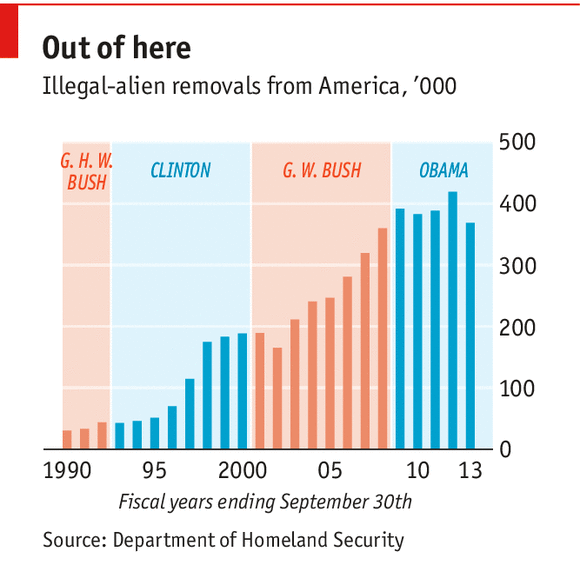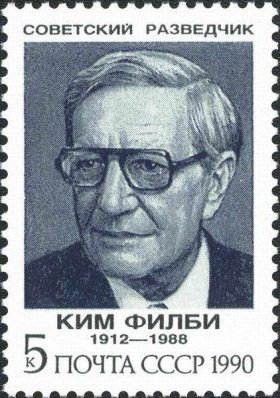I was asked to comment on the question “What will 2015 mean
for higher education? Where are we coming from, and where are we going?” 2015
marks the end of the United Nations’ Millennium Development Goals and also the
end of the Education for All effort, so there has been an effort to consider
what if anything should be put in place after 2015 as goals and objectives in
international development.
It is almost 60 years since I entered engineering school as
a freshman. The world of the student has changed completely since that time.
The tools of the engineer have changed, as has the task of the engineer.
Indeed, there are whole fields of engineering now that did not exist then.
Still, a knowledge of mathematics and language are still fundamental, as are
understanding of how to analyze and synthesize.
A decade later I started working in a University computer
center in Chile. The machine there was much less powerful than the decade old
machine in my home on which I am writing this. My first job was to get software
for the simplex algorithm for linear programming and PERT chart calculations up
and running. I had undocumented binary decks of cards with the programs, not
debugged, from the users group to start with. There were no journals, few books
and few colleagues with any computer experience. When I taught Fortran the next
year, I had to write and mimeograph a manual for my students – there were none
available in Spanish.
The changes are obviously huge. Higher education has
expanded greatly in recent decades, both due to an increased demand from
qualified students and to an increase in the number of institutions of higher
learning offering educational services. The role of the private sector has
increased. Higher education has diffused from rich countries to former
colonies, and globalized with many more students studying abroad. There has
come to be a huge problem of quality – great universities are not built
overnight. The promise of new technology and new insights into learning has
become apparent, but in my view it has not yet been fulfilled.
As I think of higher education in the United States, in
Brazil, in China, in India, in Western Europe, and in Africa, I suspect that
the differences are greater than the similarities. Certainly the economic
resources for higher education are very different from country to country. If
the role of institutions of higher education is not only education, but
knowledge creation and organization, and service to the community, then the
challenges faced in India are different than those faced in the Russian
Federation, Mexico or Uganda. I think it important to recognize that each
country has to recognize its own challenges, opportunities and resources for
higher education; global benchmarks may not be very helpful.
We are a quarter century after the end of the Cold War, but
the specter of conflict is still with us. A challenge remains in the 21st
century to build the defenses of peace in the minds of men. Climate change now
seems inevitable, and the world is challenged with thinking through how to
limit its extent and ameliorate its impact. It appears now that population
projections were too optimistic, and the challenge of feeding an ever growing
population with limited land and water resources and changing climate is even
more daunting. Poverty remains a huge global problem, and the inequality of
income and wealth militates against economic progress. Thus the future presents
huge challenges for all countries, and all countries will be looking to their
institutions of higher education for help in meeting those challenges.
A Metaphor
“What should any well educated person know?” If one asks
that question I think there would be some common grounds. A well educated
person should command at least a native language and possible another tongue,
should have some facility with mathematics and some knowledge of geography, science,
books, and culture. But I suggest that once you got down to details, the answer
would be different in Japan than in China, in India than in Pakistan, in Brazil
than in the United States, in England than in France. However, that to me seems
a fundamental question that should be asked in each country as it looks past
2015 and plans for the development of higher education.
Clearly the institution of higher education should and must
provide different learning experiences for someone who will become a
professional historian, versus a physician, an architect, lawyer, or teacher.
Perhaps one might think of the common core that any well educated person should
command as the trunk of a tree, from which different branches extend. Those
branches grow. The body of world knowledge today is much greater than when I
began my university education; of course, some branches have died and been
pruned from the curriculum, while others have ramified (thus aeronautical
engineering has changed to include space technology). But the tree must
continue to grow and ramify, with a canopy expanding as human knowledge
expands.
In this metaphor, the tree is rooted in the culture of the
country and the social and economic needs it recognizes that its institutions
of higher education must fulfill. Higher education is dependent on the economic
and human resources it obtains from that general society in which it is rooted.
It may benefit from material from the global higher education system grafted
into its structure.
Education
Education is a human right, but how much schooling must a
country provide to its citizens gratis? How good must that schooling be? That
seems to me to be a decision that must be by each country for itself. Clearly a
rich country can provide more schooling on average to its citizens than can a
poor country. I enjoyed the right to attend university virtually free as a
young man, at campuses of the University of California, because the people of
California treated that as a right for its people; that allowed me to study at
very low cost through the level of PhD. California no longer makes that choice.
I would guess that a rich country can
also provide a wider variety of school choices to its citizens than can a poor
country; one country may choose to train concert level musicians or artists of
international caliber at government expense (choosing the most talented
applicants for such government grants) while another may not choose to do so,
perhaps finding it can not afford to treat such aspirations as rights of its
citizens.
Schooling is also an investment. The return to the society
for training some professionals is so high that that investment is more
cost-effective than other investments. Here we are talking about higher
education, and investments in schooling in institutions of higher education. The
investment in training people trained to quickly detect and stop outbreaks of communicable
disease, before they become epidemics is one such investment. So too is the
investment in training people to build and maintain the infrastructure that the
nation needs – roads, ports, airports, electrical power, dams, canals, railroads,
etc.
Schooling is also a service that a country can provide to
those willing to pay its cost. The citizen who wishes to take a management
course in order eventually to enable a transfer to a more responsible job in
another country may well be able to finance that training personally or have an
employer do so; I see no reason why a country might not provide such
opportunities, and no reason why they should be subsidized by the government.
Another person may chose to study French poetry, Japanese painting, or Russian
ballet; perhaps such course might be offered if a sufficient number of students
exists for their justification, but again perhaps a country can justifiably decide
that they must be funded privately.
The Creation and
Organization of Knowledge
Knowledge can and should be shared internationally, but it
has become clear that some knowledge is site specific. Examples might include
knowledge of Andean crops, tropical forests, or the ecology of the Great Lakes
of Africa. Institutions of higher education in all countries may choose to
contribute to the global stock of scientific and technological knowledge, as
well as knowledge of history and culture, and their governments may choose to
support that work as part of a national responsibility. However, there are
areas of knowledge in which universities and other institutions of higher
learning must invest, because they are vital to the people that they
serve. Clearly Ebola must be studied in
Africa, where it is found, and the genetic diversity of quinoa and other Andean
crops is best studied in the high Andes. Of course, research of these kinds is
relatively useless unless it is published, and unless it is communicated in an
intelligible manner to those who can utilize the results. Thus a university
agriculture field station, creating knowledge of greatest utility to local
farmers, must publish its findings and is best operated in conjunction with an
agricultural extension service.
A traditional area of
work for people in institutions of higher education is the writing of text
books, organizing knowledge for the students it serves. So too, faculty must
translate the literature of other nations into that which can be understood in
their own. Faculty members are often the gatekeepers, seeking out information
from other countries and introducing it to their own. They design curricula
which organize old and new knowledge, traditional and modern understanding, and
materials from foreign and domestic languages, providing the teaching materials
and aids that make the new synthesis available to their country’s students.
Service
I come from a country, the USA, in which service to the
community is generally accepted as a responsibility of universities. It is not
always so, and I feel that the university-community linkage should be
strengthened. I do so in part based on personal experience.
Many years ago, working in a technical university computer
center, I helped faculty provide services to the community. We conducted an
operations research effort in one company, showing it how to greatly expand its
business. In another case we discouraged a company from adding to an already
overly complex product line. In a third case, we encouraged a company to focus
more attention on its production facilities which were in fact the limiting
factor in its growth, and less on its marketing. Thus a university can provide
services to the private sector.
In that same setting we helped a local government to
schedule its traffic lights, and helped the national electric company to better
plan the location of its power lines and to decide whether to build an
integrated power generation and water desalinization plant. In another country,
years later, my graduate students helped the local health officials evaluate
alternative sites for a new major hospital. Other students helped the same
officials evaluate the pharmacy policies used in the network of health centers
in the region, suggesting major improvements.
What then Would I
Suggest?
The world is generating knowledge quickly. It is also
becoming a more complicated place, in which huge challenges are must be met.
Countries must utilize their higher education resources to meet the challenge.
Of course, part of the effort will be to continue to expand higher education to
meet increasing needs and demands for educational services, creation and
organization of knowledge and service to society. That means in all probability
not only more “bricks and mortar” but also more professors, instructors, and
support personnel.
There will be a need for more emphasis on continuing
education and education of adults; the world is changing, and people need to
keep up. They will need to adjust to faster changes in the workplace and in
careers, to faster changes in the economy, and indeed to changes in the
physical environment. An ever increasingly urban population will be expected to
need and want more information.
It seems to me that the organization of higher education
will have to change. Financing will have to be rethought and restructured in
many countries. I am a fan of the U.S. system of two year colleges which
prepare some students for paraprofessional careers and prepare others for
further education in universities; I hope other countries will consider
building networks of these institutions.
There is a huge task facing developing countries in
improving the quality of higher education. That task is not only complicated by
the lack of financial and human resources, but also by the simultaneous need to
expand.
Higher education will need to expand the use of science and
technology in accomplishing its own missions. It will need to draw on advancing
understanding of how people learn. I fully expect that information and computer
technology will become a more effective aid to the educator, the researcher,
and the provider of services to the community. I would also expect that the
social sciences will play a greater role in helping higher education
institutions understand their role in society and improving their function in
that role. Management science will help to better organize universities and
improve their service orientation.
A central role for the institution of higher education is,
ultimately, the promotion of cultural change. Yet this is also potentially the
most dangerous of its activities. Fortunately, institutions of higher learning
are the natural home of the humanities and of public intellectuals. They must
find a way to help preserve cultural heritage, be informed and led by cultural
leaders, and sensitive to the potential for doing damage to their cultural
matrix, while at the same time helping a culture to adapt as it must to
changing circumstances. The political realities of the necessary promotion of
change, and the education of a new generation of men and women to live actively
in a changing world, must be met and successfully navigated.
I can only wish the best for the educators, and especially
university educators in the 21st century!



